Contents
Talker bent (Infundibulicybe geotropa)
- Division: Basidiomycota (Basidiomycetes)
- Subdivision: Agaricomycotina (Agaricomycetes)
- Class: Agaricomycetes (Agaricomycetes)
- Subclass: Agaricomycetidae (Agaricomycetes)
- Order: Agaricales (Agaric or Lamellar)
- Family: Tricholomataceae (Tricholomovye or Ryadovkovye)
- Род: Infundibulicybe
- Type: Infundibulicybe geotropa (Bent speaker)
- Clitocybe tucked
- Clitocybe gilva var. geotropic
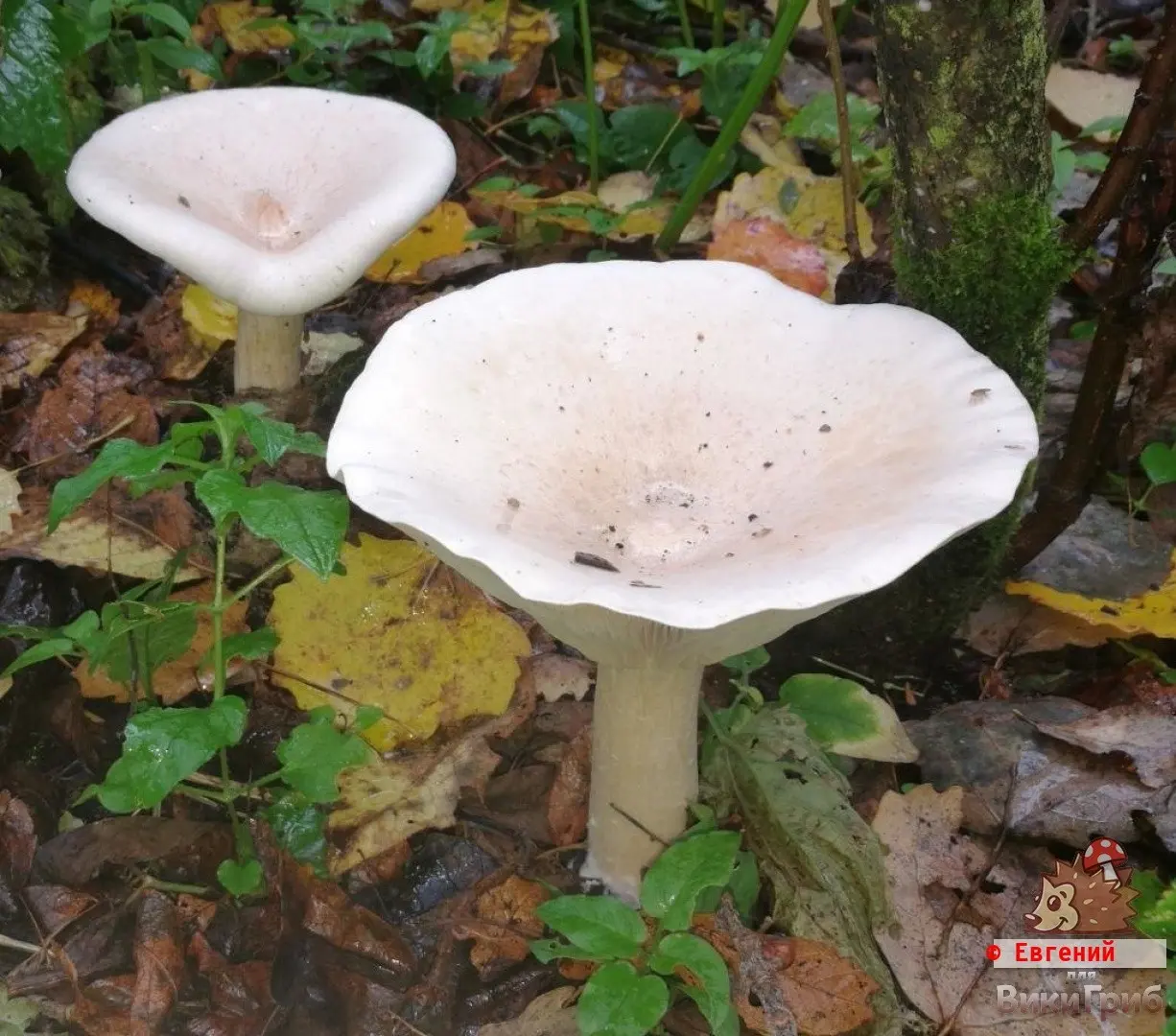
Current name: Infundibulicybe geotropa (Bull. ex DC.) Harmaja, Annales Botanici Fennici 40 (3): 216 (2003)
The talker, bent like a puppy, grows very unevenly. First, a powerful leg swings out, then a hat begins to grow. Therefore, the proportions of the fungus are constantly changing during growth.
head: with a diameter of 8-15 cm, it can easily grow up to 20 and even up to 30 centimeters. At first convex, flat convex, with a small sharp tubercle in the center and a thin edge strongly turned up. In young mushrooms, the cap looks disproportionately small with respect to a tall and thick stem. As it grows, the cap straightens, becomes at first even, then depressed or even funnel-shaped, while a small tubercle in the center, as a rule, remains. It can be more or less pronounced, but it is almost always there.

Dry, smooth. The color of the cap of a bent talker is very variable: it can be almost white, whitish, ivory, fawn, reddish, dirty yellow, brownish, yellow-brown, sometimes with rusty spots.
Records: quite frequent, with frequent plates, thin, descending. In young specimens, white, later – cream, yellowish.
spore powder: white.
Споры: 6-10 x 4-9 microns (according to the Italians – 6-7 x 5-6,5 microns), ellipsoid, oval or almost rounded.
Leg: very powerful, it looks especially large in young mushrooms with small, not yet grown hats.
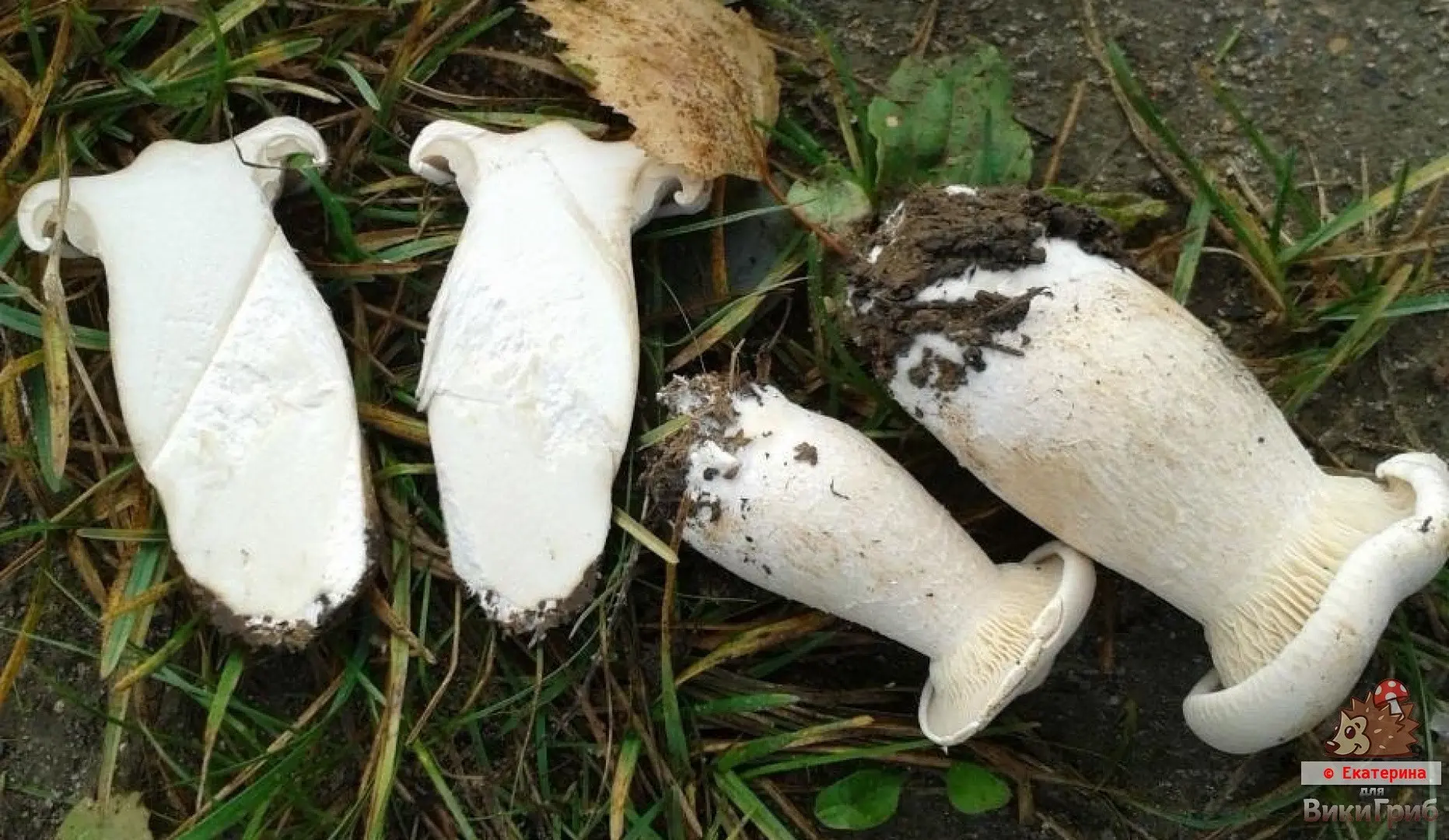
Height 5-10 (15) cm and 1-3 cm in diameter, central, cylindrical, evenly expanded towards the base, dense, hard, fibrous, with white pubescence below:

Executed (solid), rarely (in very adult talkers) with a small obvious central cavity. Single-colored with a hat or lighter, slightly brownish at the base. In adult mushrooms, it may be darker than the cap, reddish, the flesh in the middle of the stem remains whitish.
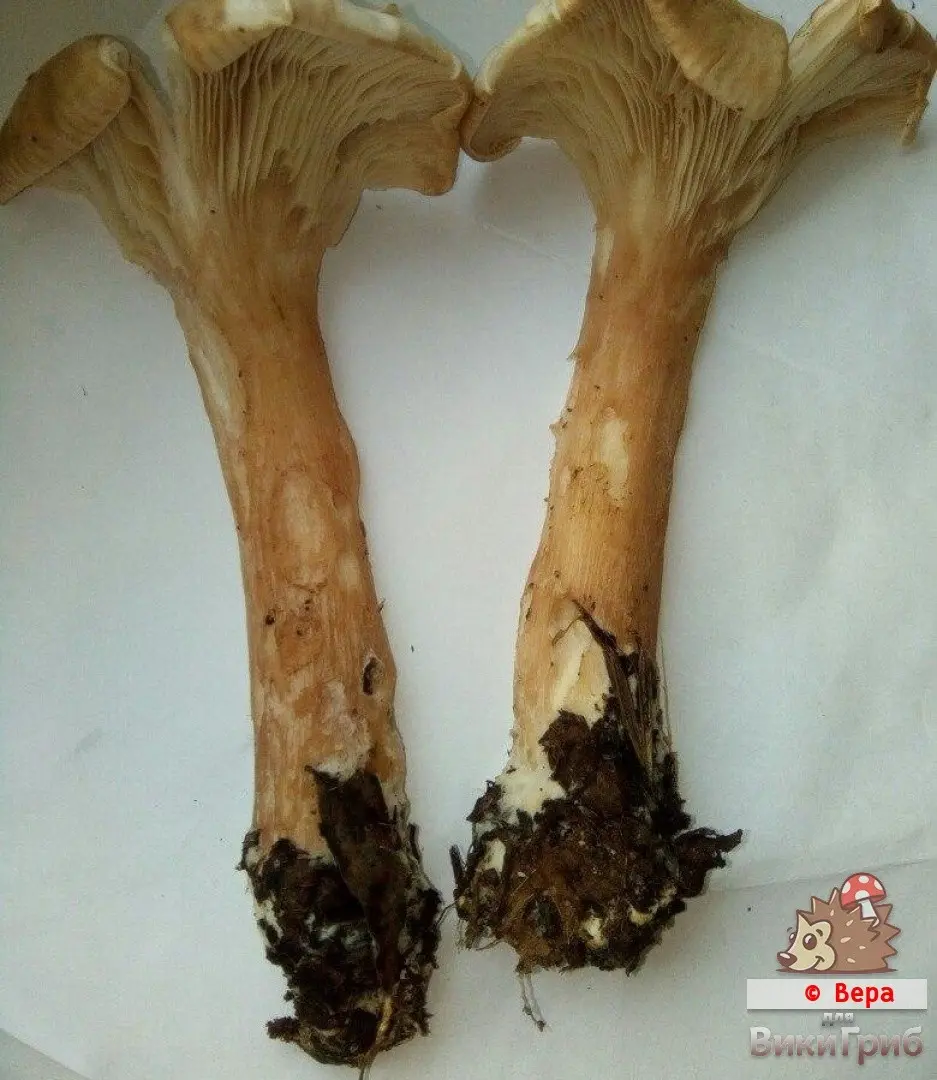
Pulp: thick, dense, looser in the stem, slightly wadded in adult specimens. White, whitish, in wet weather – watery-whitish. The passages of the larvae can be distinguished by a brownish, rusty-brown color.
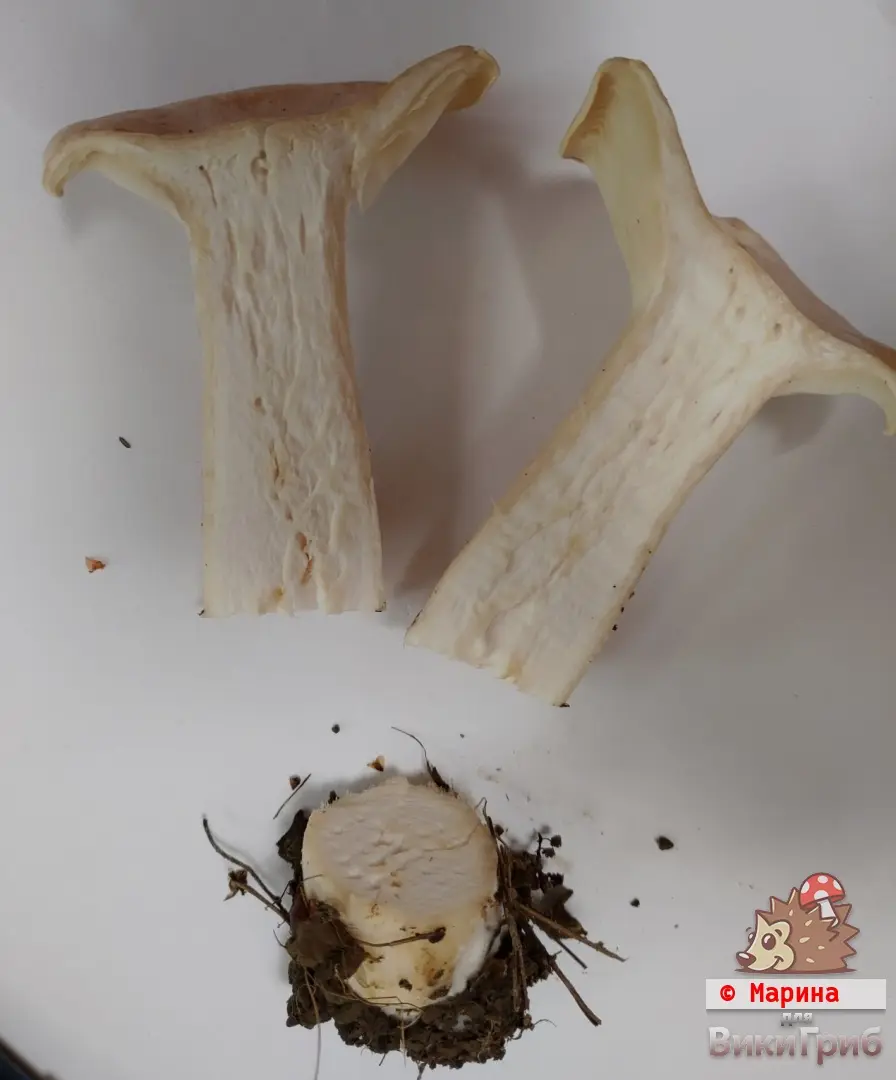
Smell: Quite strong, mushroomy, slightly spicy, can be a bit ‘pungent’, sometimes described as ‘nutty’ or ‘bitter almond’, sometimes as ‘a nice sweet floral scent’.
Taste: without features.
The bent talker lives in deciduous and mixed forests on rich (humus, chernozem) soils, or with thick perennial leaf litter, in bright places, on the edges, in shrubs, in moss, singly and in groups, in rows and rings, forming “elf paths” and “witch circles”.

With a successful combination of circumstances, in one clearing, you can fill a couple of large baskets.
It grows from the first decade of July to the end of October. Mass fruiting from mid-August to late September. In warm weather and in the southern regions, it also occurs in November-December, up to frost and even after the first frost and the first snow.
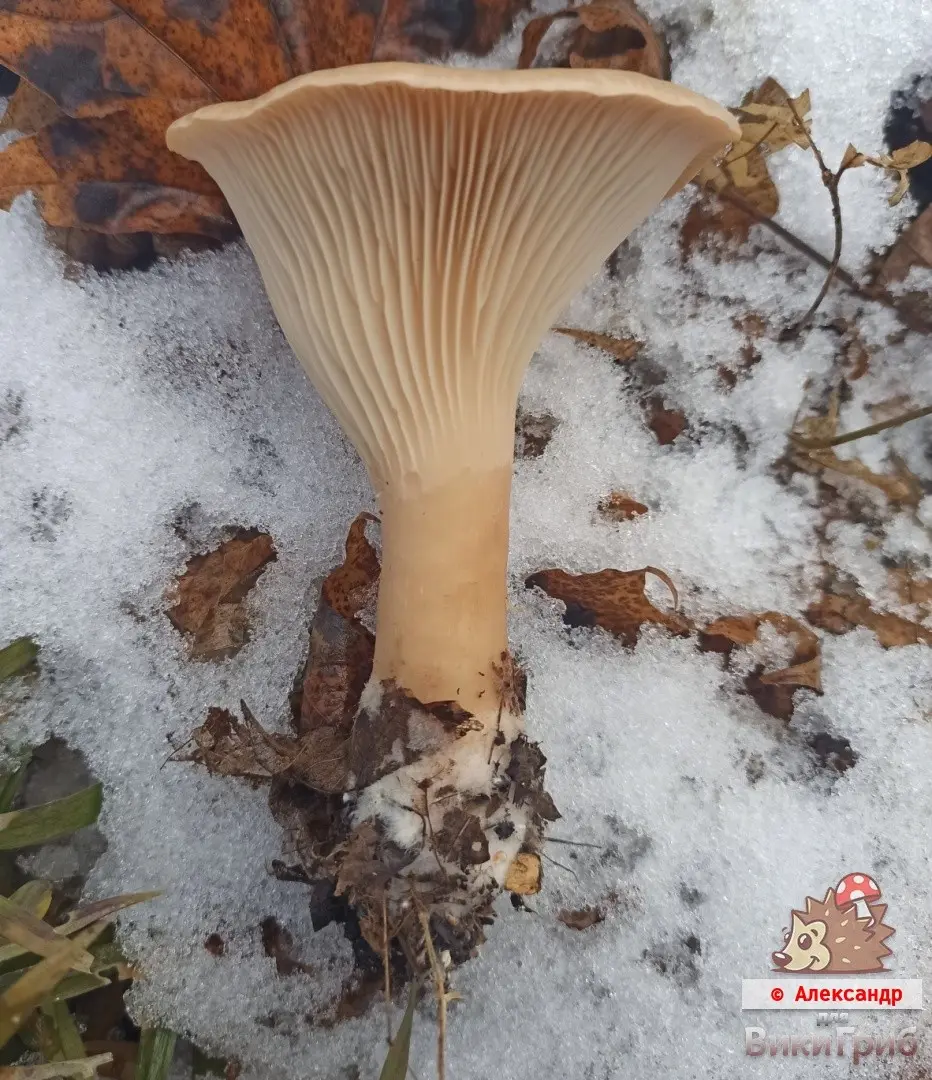
Infundibulicybe geotropa is obviously cosmopolitan: the species is widely distributed in all regions where suitable forests or plantings are available.
The bent talker is considered a conditionally edible mushroom with mediocre taste (fourth category). Pre-boiling is recommended, according to various sources – from one to two or three times, boil for at least 20 minutes, drain the broth, do not use. At the same time, in the book “Mushrooms. Illustrated Reference Book (Andreas Gminder, Tania Bening) claims to be a “Valuable Edible Mushroom”, but only the caps of young mushrooms are eaten.
I would argue… with all these statements.
Firstly, the mushroom is quite tasty, it has its own taste, no additional spices are required when frying. The taste is somewhat reminiscent of the taste of oyster mushrooms, maybe lilac-legged rows: pleasant, soft. Excellent texture, does not float, does not fall apart.
Secondly, there is really nothing in the caps of young mushrooms, they are small. But the legs of the young, if you really had to collect, very much even nothing. Boil, cut into rings and – in a frying pan. In adult talkers, in those whose hats have already grown to sizes proportional to the stem, it is really better to collect only hats: the legs are both harsh-fibrous in the outer layer and cotton-wool in the middle.
I boil it twice: the first time I boil it for a couple of minutes, I wash the mushrooms and boil it a second time, for a maximum of 10 minutes.
And to the question of edibility. On one English-language site about Infundibulicybe geotropa, something like the following is written (free translation):
A small proportion of people do not take this mushroom, the symptoms are manifested in the form of mild indigestion. However, this is such a delicious, fleshy mushroom that you should definitely try a small amount, it is only important to cook it well. Such warnings [about intolerance] tend to be overrated by nervous publishers. You won’t see cookbooks warning about gluten intolerance in every recipe.
Fry the caps like meat until they begin to caramelize, bringing out their rich umami flavor.
The same site recommends frying the hats, and “sending the legs to the pan”, that is, using them for soup.
A bent talker can be fried (as everyone, I hope, understood after preliminary boiling), salted, marinated, stewed with potatoes, vegetables or meat, prepared soups and gravies based on it.

Clitocybe gibba
can only look like a photo and only if there is nothing nearby for scale. The funnel talker is much smaller in all respects.

Club-footed warbler (Ampulloclitocybe clavipes)
It can also be similar only to the photo. The club-footed talker is smaller, and most importantly – as the name implies – her leg looks like a mace: it expands greatly from top to bottom. Therefore, it is very important not to cut off only the caps when harvesting, but to take out the whole mushroom.
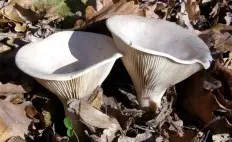
Giant pig (Leucopaxillus giganteus)
may look like a large bent Govorushka, but it does not have a clear central tubercle, and Leucopaxillus giganteus often has an “irregular” hat shape. In addition, the Giant Pig grows “proportionately” from childhood, its young do not look like nails with thick legs and small caps.
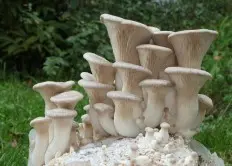
Royal oyster mushroom (Eringi, Steppe oyster mushroom) (Pleurotus eryngii)
at a young age, it may look like a young Govorushka bent – the same underdeveloped hat and swollen leg. But Eringa has strongly descending plates, they stretch far to the leg, gradually fading away. Eringa’s leg is absolutely edible without any long-term boiling, and the hat is often one-sided (the popular name is “Steppe Single Barrel”). And, finally, Eringi, nevertheless, is more common in a supermarket than in a forest clearing.
The bent talker is interesting because it can be presented in very different colors: from whitish, milky white to dirty yellow-reddish-brown. It is not for nothing that one of the names is “Red-headed Talker”.
Usually young specimens are light, and those that are older acquire reddish hues.
Various descriptions sometimes state that the brownish caps can fade to fawn in mature mushrooms.
It is believed that “summer” mushrooms are darker, and grown in cooler weather – lighter.
In preparing this material, I reviewed more than 100 questions here in the “Qualifier”, and did not see a clear correlation between the color and time of the finds: there are “reddish” mushrooms literally in the snow, there are very light July and even June ones.
Photo: from the questions in the Recognizer.









